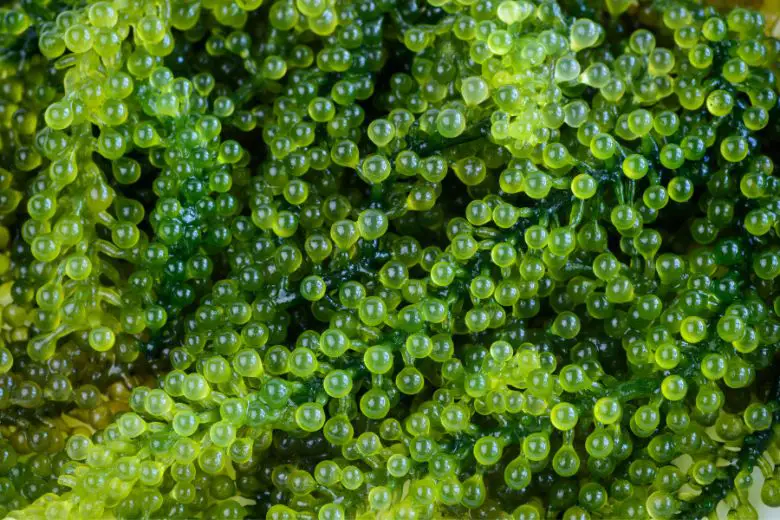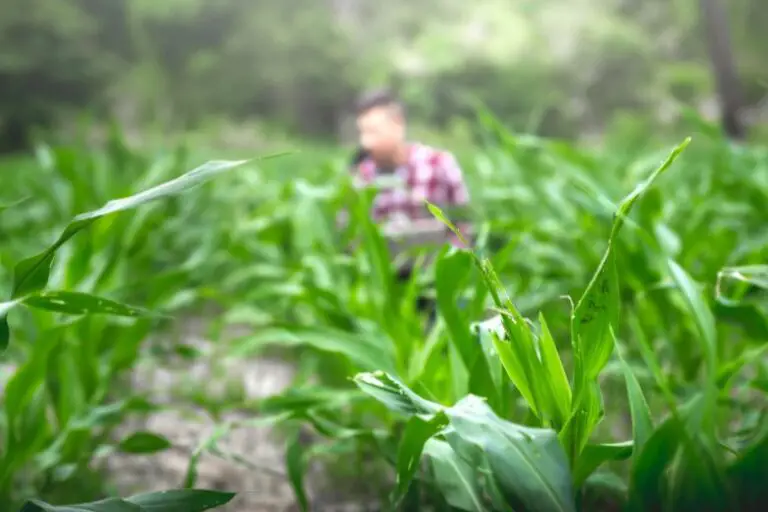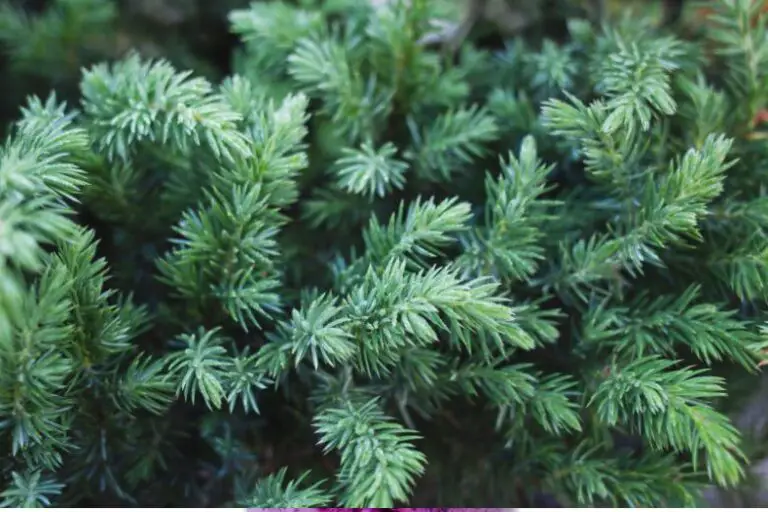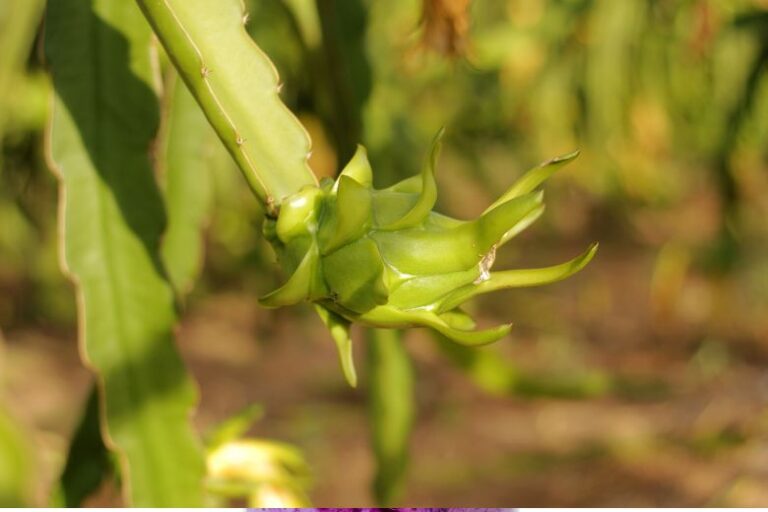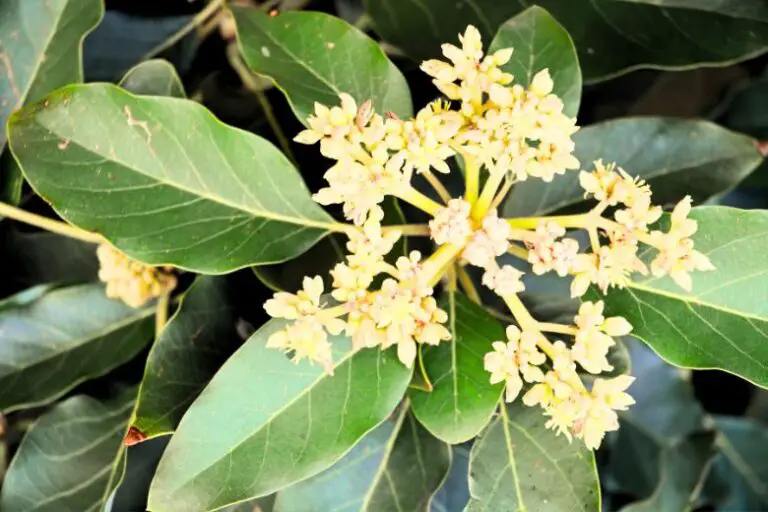How Fast Do Sea Grapes Grow
Sea grapes, often referred to as “green caviar,” are a type of seaweed that thrives in tropical and subtropical coastal waters. Their unique appearance and culinary potential have made them a subject of interest among marine enthusiasts, chefs, and researchers alike. One of the intriguing aspects of sea grapes is their growth rate, which can vary under different conditions.
Understanding Sea Grapes
Sea grapes belong to the genus Caulerpa, a type of macroalgae commonly found in shallow, sandy areas of the ocean. They are recognizable by their small, spherical green fronds that resemble grapes, giving them their popular name. These fronds are attached to a central stem that grows along the ocean floor.
Environmental Influences on Growth
The growth rate of sea grapes is significantly influenced by environmental factors such as water temperature, light availability, nutrient levels, and water movement. Warmer waters tend to accelerate their growth, as these conditions provide optimal temperatures for photosynthesis and metabolic processes.
Light availability is another crucial factor. Sea grapes require sufficient light to carry out photosynthesis, which is essential for their growth and overall health. Areas with clear, unobstructed waters allow ample light penetration, supporting the rapid development of sea grapes.
Nutrient levels also play a pivotal role. Adequate nutrients, including nitrogen and phosphorous, are necessary for the plant’s growth. Regions with nutrient-rich waters often experience more robust sea grape growth compared to nutrient-deficient areas.
Furthermore, water movement can affect the availability of nutrients and influence the distribution of sea grape spores. Moderate water currents can help disperse spores and prevent overgrowth, while stagnant waters might lead to overcrowding and slower growth.
Reproduction and Propagation
Sea grapes primarily reproduce through asexual means, using a process called fragmentation. This involves the breaking off of a section of the plant, which can then grow into a new individual. This efficient mode of reproduction contributes to their relatively fast growth rate under favorable conditions.
Additionally, sea grapes release spores into the water, which can disperse over long distances before settling and establishing new colonies. This reproductive strategy enhances genetic diversity and facilitates the colonization of various habitats.
Cultivation Practices
As the demand for sea grapes in culinary and commercial sectors increases, cultivation practices have been developed to ensure a steady supply. Controlled aquaculture systems allow for optimized growth conditions, including regulated water temperature, nutrient levels, and light exposure. These practices result in accelerated growth rates and high-quality sea grape production.
Harvesting Sea Grapes
Harvesting sea grapes is a delicate process that requires careful attention to preserve the plant’s health and promote regrowth. Harvesters typically trim the fronds, leaving a portion of the stem intact to facilitate regrowth. This sustainable harvesting approach allows sea grapes to continue growing and ensures a renewable source for future harvests.
Culinary Delicacy
Sea grapes are celebrated for their culinary appeal and are commonly used in salads, sushi, and various dishes. Their unique texture and burst of briny flavor make them a sought-after delicacy in many coastal cuisines.
Nutritional Value
Beyond their culinary allure, sea grapes offer noteworthy nutritional value. They are rich in vitamins, minerals, and antioxidants, contributing to a well-rounded and healthy diet. Sea grapes are particularly abundant in vitamins A and C, as well as minerals like calcium and magnesium.
Traditional and Modern Uses
Sea grapes have a longstanding history of traditional use in coastal communities, where they were consumed for their nutritional benefits. In modern times, their popularity has extended to international culinary scenes, elevating them to a gourmet ingredient.
Conservation Efforts
Due to their ecological significance and economic value, conservation efforts have been initiated to protect sea grape populations. Sustainable harvesting practices and marine protected areas contribute to the preservation of these valuable marine plants and the ecosystems they inhabit.
Future Prospects
As interest in alternative and sustainable food sources grows, sea grapes are likely to play an increasingly important role. Their rapid growth rate, nutritional benefits, and versatility in gastronomy position them as a promising candidate for addressing future food security challenges.
Conclusion
In the world of marine wonders, sea grapes stand out not only for their unique appearance and culinary appeal but also for their remarkable growth rate. Influenced by environmental factors and nurtured through innovative cultivation techniques, sea grapes continue to capture the interest of researchers, chefs, and nature enthusiasts alike

